
Just when you thought you were off the teething troubles, there come the molars – bigger and blunt! They may result in increasing teething discomfort and may take much longer to erupt owing to their size. Molars take the teething pain to a whole new level! Your precious little toddler may be up for some difficult times that may negatively impact their routine activities and sleep. Whining pain and discomfort will surely take you for a roller coaster ride too as you deal with toddler teething.
Read on to understand more about toddler teething in the second year and how to help your toddler cope. (If your kid is smaller and you are worried about the non-molar teething problems, please refer to Baby Teething and Baby Teething – Symptoms and Solutions)
What Are 2-Year Molars?
The 2-year molars, also known as second molars, are the last set of primary (baby) teeth that erupt at the back of your toddler’s mouth. According to the American Dental Association (ADA), they usually erupt when your toddler is between 23 and 33 months old. The 2-year-old molars are bigger, wider, and flatter than the other teeth. Their eruption can be extremely uncomfortable resulting in teething pain and irritation.
When do Molars Start to Come in?
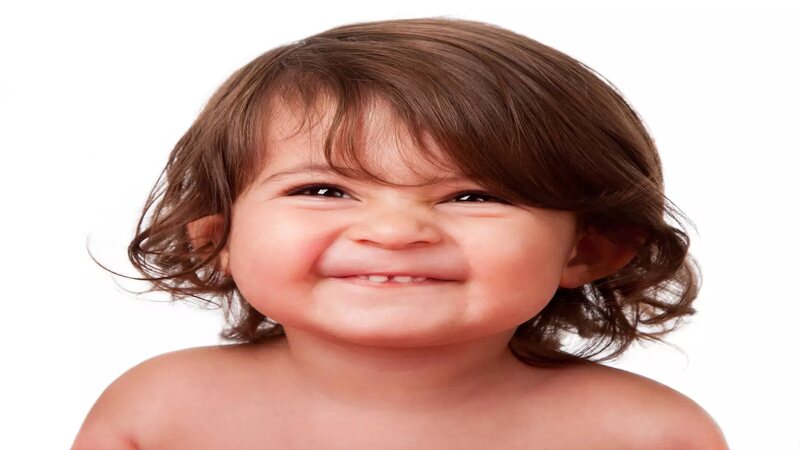
Molars make their entry during your child’s 2nd and 3rd year – the first set appearing around 12 and 19 months and the second set appearing around 24 to 33 months (1). Because of their large size and double blunt edges, they take twice as much time to sprout from gums and hence can cause twice as much discomfort and pain as the incisors. If you are very lucky, your child might cut both sets of molars without much hassle. Otherwise, you need to understand the various symptoms of toddler teething and provide some ease for the discomfort.
How to Care For The 2-Year Molars?

The 2-year molars are essential teeth that help your toddler grind and chew their food. Thus, it is important to take care of them right from the beginning to prevent oral problems like tooth decay and gum disease (2). Follow the below-mentioned tips for good oral health in toddlers-
- Brush your toddler’s teeth twice a day, especially before bedtime
- Use a small-headed, soft-bristled toothbrush
- Consult the dentist and use a low-fluoride toothpaste
- It is advisable to use only a pea-sized amount of toothpaste
- You can let your toddler brush their teeth, however, it is essential to supervise and guide them
- It is advisable to take your toddler to the dentist at least once in six months for oral evaluation
How do You Know if Your Toddler is Teething?
The signs that the molars are arriving are pretty much the same as the usual teething symptoms (3)-
1. Drooling
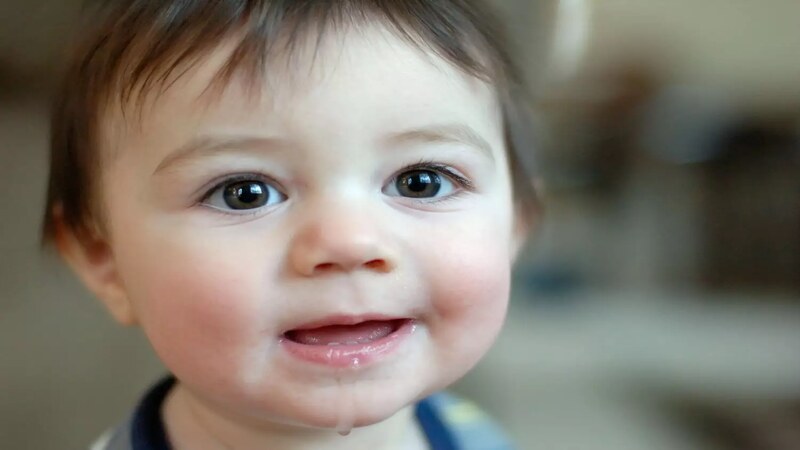
If your toddler is drooling, or you notice reddened skin around the mouth and the chin area caused by drooling, then chances are they are teething!
2. Refusal or Difficulty to Eat
Teething can cause exceptional irritability and discomfort which make otherwise healthy eaters fussy about eating.
3. Putting Random Things in Mouth
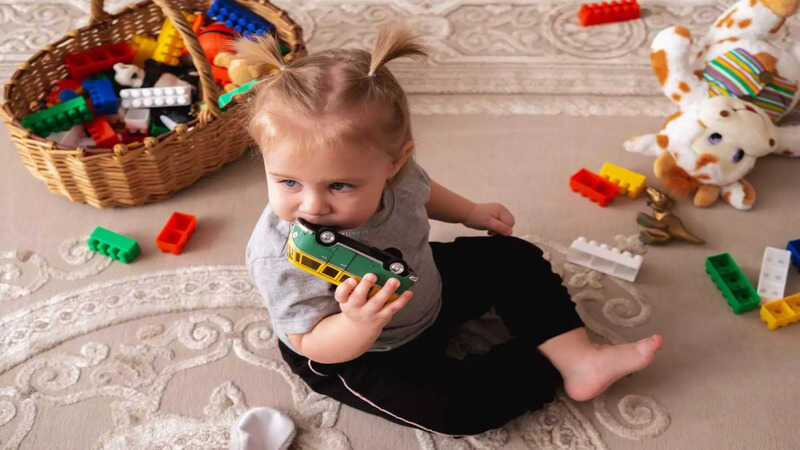
If your toddler is trying to suck on anything that they can lay their hands on (toys, towels, their own hands, etc.), it indicates an inflated gum due to teething. They are trying to release some pressure on the gums with all this gnawing!
4. Blood in The Gum
Sometimes when the teeth absorb from the gum, it can break the hematomas in the gum and this will appear as bleeding beneath the surface. This is normal and will go away on its own once the molars are fully out.
5. Irritability
Any unexplained crankiness and irritability in your toddler’s behavior can be attributed to teething.
6. Mild Fever
Teething is usually accompanied by mild fever in toddlers. It is not necessary in all toddlers to get fever, but it may happen to some toddlers.
7. Trouble Sleeping
You might notice that your toddler is sleeping lightly or waking up multiple times during their sleep. This disturbed sleep i a side effect of teething.
8. Other Symptoms Suggesting Pain
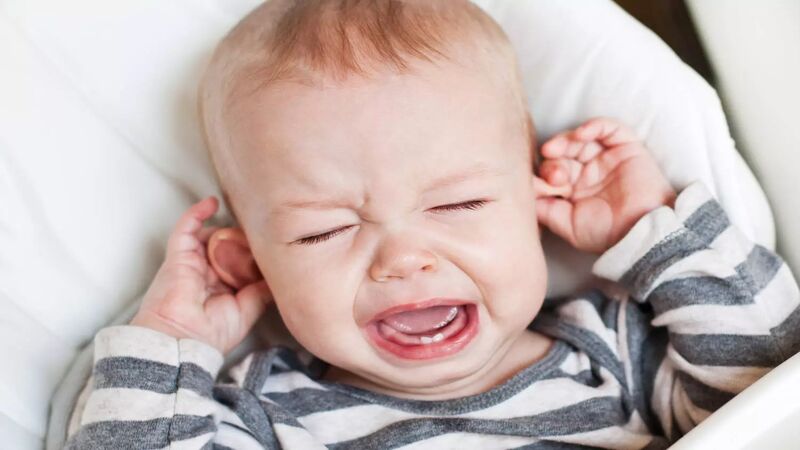
To relieve the pain, your toddler might be seen rubbing their cheeks, pulling their ears, and opening their mouth wide open. Of course, now that your toddler can speak, they might just tell you that their gums are aching! Alternatively, if they let you put your finger inside their mouth, you can feel the gums to see if the tooth is coming in (but make sure you don’t get bitten!).
Most of these symptoms go away on their own when the teeth come out. However, if any of these symptoms last longer, it is wise to take your toddler to the doctor as it might be indicative of another illness that has symptoms similar to teething.
How Can You Help Ease The Teething Pain?
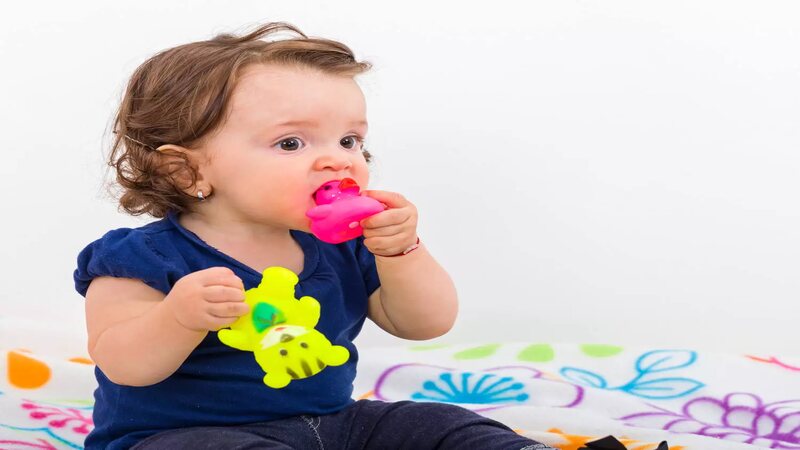
While it is much more difficult to pacify an infant as compared to a toddler, you can find some solace in the fact that you have dealt with teething once before when they began teething for the first time!
Some of the tips, home remedies, and techniques that can be used to ease your little one’s pain and make them less irritable are-
- Bring those old teething toys back and let your little one chew on them
- Offer them cold teething rings (4a). Alternatively, peel and cut a thick piece of carrot. Put this in the freezer for some time and give it to your toddler to suck/chew (some experts however do not recommend it as it can be a choking hazard – so keep a strict watch). You can also let them chew on a cold towel
- Keep a small soft cloth ready to wipe away the drool. Make sure not to rub the face, only pat softly
- If the drools cause a rash, apply a soft moisturizer to the area
- Offer them soft foods that are easy to chew and swallow if they are showing difficulty eating
- Offer them cold drinks and smoothies (without ice)
- Take extra care when brushing your teeth to ensure that the inflamed gum is not rubbed on hard by the brush bristles
- Distract them! Take them out to a new play area or park and let them play their way to forgetting the pain. Also, offer them some extra love and cuddling (4b)
- If things are really out of control, you can talk to your toddler’s doctor, who might prescribe pain relief medicines. Never administer any medicine without consulting a doctor
Can Teething Cause Fever?

Widely debated, some experts maintain that teething does not cause symptoms like diarrhea and fever. However, many parents report that their kids did suffer from mild fever, diarrhea vomiting, and loose stools when they were teething. There are, however, no definitive studies to prove the direct association of fever and teething. Teething can make your toddler vulnerable to infections, and gum inflammation, and fever may be a result of an infection, and is often not a direct consequence of teething.
However, some experts have found an association between fever and primary tooth eruption only when the rectal temperatures are recorded (5). The best bet would be to see your kid’s doctor so that your toddler can be treated well.
Teething is a normal physiological process that occurs in every kid as soon as the first tooth begins to appear around the age of 6 to 9 months. Just when you think the days of painful teething are over, your toddler’s 2-year molars erupt. These are large, wide, and flat teeth that help in chewing food. The bigger the tooth, the greater the teething pain and discomfort. Teething can result in a series of symptoms like drooling, irritation, sore gums, and sleep disturbances. However, several tips and remedies can help parents ease teething pain and discomfort in their toddlers. Fret not! Teething is temporary. You can easily help your toddler sail through the symptoms.
FAQ’s
1. Is it Normal For a 2-Year-Old to be Teething?
Yes, it is normal for a 2-year-old toddler to be teething. Your toddler will still get teeth during the second year and these are generally the 2-year molars that are large and cause discomfort while erupting.
2. What Teeth Are Coming in at 2 Years of Age?
At 2 years, your toddler will likely get their second molars or 2-year molars. These are flat, large back teeth that help in chewing and grinding food.
3. How Long Does a 2-Year Molar Teething Last?
The 2-year molar teething can last as long as 3 to 4 weeks. However, this may vary and some toddlers may experience symptoms longer than others.
4. When is Teething Pain The Worst?
Teething pain can be worse when your toddler gets their second molars (around 25 to 33 months old). This is because the 2-year or second molars that erupt are the biggest teeth. Normal soothing techniques may usually not be effective.
5. Can Teething Cause a Cough?
Yes, teething can cause a cough. This is usually due to excessive amounts of saliva produced during teething. This drool drops down the toddler’s throat, causing them to cough or gag.
6. What is The Best Position For a Teething Toddler to Sleep?
Making the toddler sleep on their back with the head slightly elevated is the best position during teething. This helps ease teething discomfort such as swollen gums, or congestion from excessive drooling. This enables them to get a more sound sleep.
7. Why is Teething Worse at Night?
Teething can get worse at night because toddlers become more aware of their symptoms when they do not have distractions like they do during the day. Toddlers become exhausted by night and cannot deal with teething pain and discomfort.
References
- Eruption Timing and Sequence of Primary Teeth in a Sample of Romanian Children – [https://www.ncbi.nlm.nih.gov/pmc/articles/PMC8947037/]
- Knowledge and Awareness of Primary Teeth and Their Importance among Parents in Bengaluru City, India – [https://www.ncbi.nlm.nih.gov/pmc/articles/PMC4890064/]
- Association between Fever and Primary Tooth Eruption: A Systematic Review and Meta-analysis – [https://www.ncbi.nlm.nih.gov/pmc/articles/PMC5661046/]
- Teething trouble and its management in children – [https://www.researchgate.net/publication/278003460_Teething_trouble_and_its_management_in_children]
- Association between Fever and Primary Tooth Eruption: A Systematic Review and Meta-analysis – [https://www.ncbi.nlm.nih.gov/pmc/articles/PMC5661046/]
